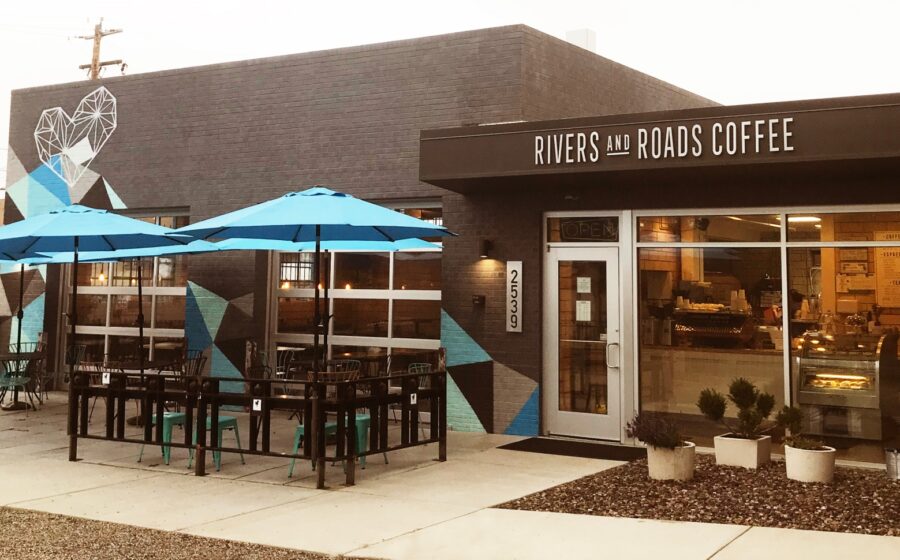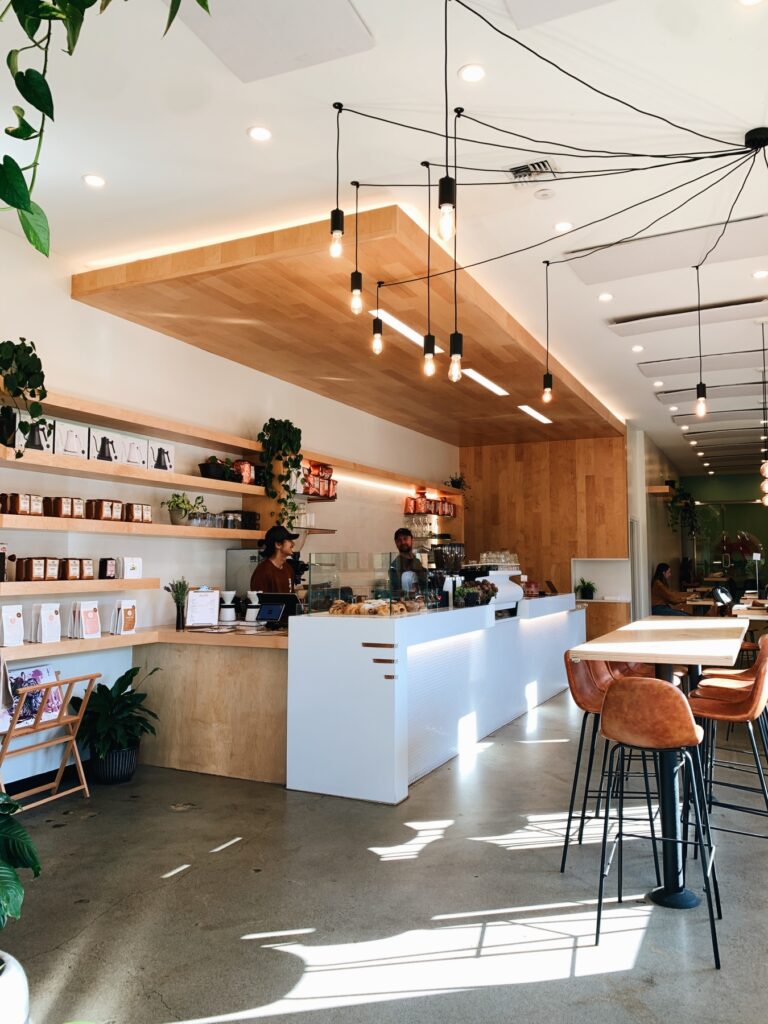Let’s say you opened a cafe a few years ago. After a few bumpy years and some near-disastrous moments, you’re finally feeling settled and ready for what’s next.
For many owners, the next step is expanding to an additional location. But the decision to open a second cafe can be challenging, and it takes a lot of thought and planning to replicate the success of your first location. How do you know when it’s the right time to open a second spot?
Your Systems Are Solid
In June 2017, the Washington-based Narrative Coffee opened the doors to its flagship location in Everett. Five years later, in February 2022, Narrative expanded with a second location in nearby Bellingham.
Owner and founder Maxwell Mooney says that expansion was always part of his business plan but opening a second location went smoother than anticipated. He credits the time his team invested in building systems as the biggest reason for success.
“My strategy was to start building systems that will facilitate expansion ahead of time. We were setting up back-end financials, communications, and training programs that would make sense for multiple cafes before trying to expand substantially,” Mooney says.
Mooney passed on several opportunities to open a second location before he felt the business was ready to expand. “We didn’t have SOPs [standard operating practices] developed for everything yet,” he shares.
Key procedures they worked on ranged from everything to creating recipe books for seasonal beverages to documenting hiring protocols and cafe operations. Mooney recommends that owners work on establishing consistent procedures early but says it’s wise to avoid rushing the process.
“Keeping the integrity of your brand is important. We wanted to know that our guests are receiving the same experience and quality of product at both cafes,” Mooney emphasizes. “We needed good procedures for what we were looking for from managers and communication tools that would allow us to replicate what we were doing at our first cafe.”
Another challenge of maintaining a shop’s reputation is that no two locations are physically identical. Rivers and Roads Coffee in Denver, Colo., is known for its roastery, gluten-free bakery, and breakfast menu. Michael and Desiree Keen opened a second location in May 2022, but the new coffee house in Curtis Park has different zoning requirements and roughly a third of the space of their flagship store.
“It’s a more abbreviated menu relative to our other spot. We don’t have a hood or fryers in the kitchen, but we’re able to keep some of our heroes, like our breakfast sandwich,” Michael says.
While the Keens consider how to expand their food menu at their Curtis Park location, they’ve embraced the challenge by shifting the focus to their coffee program. “It feels a little more like a true coffee shop. That’s where my heart always is,” Keen adds.
Your First Shop Can Operate Without You
Of course, cafe owners can’t be in two places at once. Many owners take on a management role when they open their first location, but launching a second shop requires a willingness to delegate to a team.
“It’s easy for cafe owners to treat themselves as free labor. When you have multiple locations, you can’t do that. You have to pay someone else to do those jobs you would often pick up,” explains Mooney.
Before expanding operations, he points out that owners should feel confident that operations at the first cafe would continue running smoothly without their presence.
“I’ve always focused on working myself out of a job. We had to make sure managers knew how to schedule, count cash, and enforce SOPs and discipline processes. Once we had that in place, it was clear that it was time to look into expansion.”
Maintaining a cafe’s culture in multiple locations is an ongoing challenge, even for veteran cafe owners, but Keen says it starts with hiring.
“It’s tempting to hire the best barista with the best resume, but we try to focus on hiring the person who we can teach skills to instead,” he says. As a result, the Keens invest heavily in training, but they feel it’s been worth the energy to attract a team that shares their vision.
“We dig the people who can grow into something unexpected and find strength they didn’t know they had,” Keen explains.
Mooney agrees that hiring the right talent can seem counterintuitive. It’s not always about looking for a person passionate about coffee but instead searching for people with soft skills, such as being personable and having good communication skills.
“We tend to get a lot of applicants who are big-time specialty nerds,” he says. “I ask a ton of questions to ascertain if they can handle conversations outside of a specialty hobby. It takes me three weeks to train someone how to make coffee. But it’s not as easy to train someone to be kind, thoughtful, empathetic, compassionate, and engaging,” Mooney adds.
Plan for the Worst
Cafe expansion is risky but can pay off in the long run. However, particularly during tough economic times, some owners caution against being too hasty and encourage people thinking about expansion to weigh the risks seriously.
“If you have one cafe and you open another one that performs poorly—and one of those tanks—you’ve essentially lost 50% of your business because you went from two cafes to one,” Mooney says.
Mooney explains that it’s essential to have a cafe that can facilitate volume and be quiet early on. “A cafe with little overhead that is efficient enough for one to two people to work effectively gives you a lot of flexibility in terms of planning and strategizing in case things go bad.”
With many coffee shops closing because they couldn’t weather high rent burdens during a shaky economy, Mooney suggests owners carefully weigh the importance of foot traffic versus rent values before committing to a second location. “I know in some markets you don’t really have options, but try to find something that’s going to give you your best shot at running slim.”
Likewise, Keen admits that he’s seen successful shops struggle as they expand their presence in the community. “I’ve been in restaurants a long time, and I’m very aware that the same magic that made Location One work does not always translate to Two, Three, and Four,” he shares. “In the short term, you add a massive financial burden with build-out costs, assuming new leases, expanding your team, and having to up your inventory levels.”
Keen says keeping a close eye on the numbers allows owners to pivot when necessary. While business at Rivers and Roads’ second location is meeting projections and trending in the right direction, he’s analyzing the numbers on a far more frequent basis. “Right now, our cost of goods is constantly fluctuating to a degree I’ve never experienced in my entire career.”
In the long run, you should feel confident that your current model is stable enough to be replicated at a second location before expansion. The good news is you’ll have plenty of experience to draw from—but it still takes time and careful planning for the best chances of success.
Cover photo courtesy of Rivers and Roads Cafe.
Haley Greene is a freelance writer based in Honolulu, Hawaii. She frequently writes about food, coffee, and wellness. Connect with her at www.haleygreene.com.



















